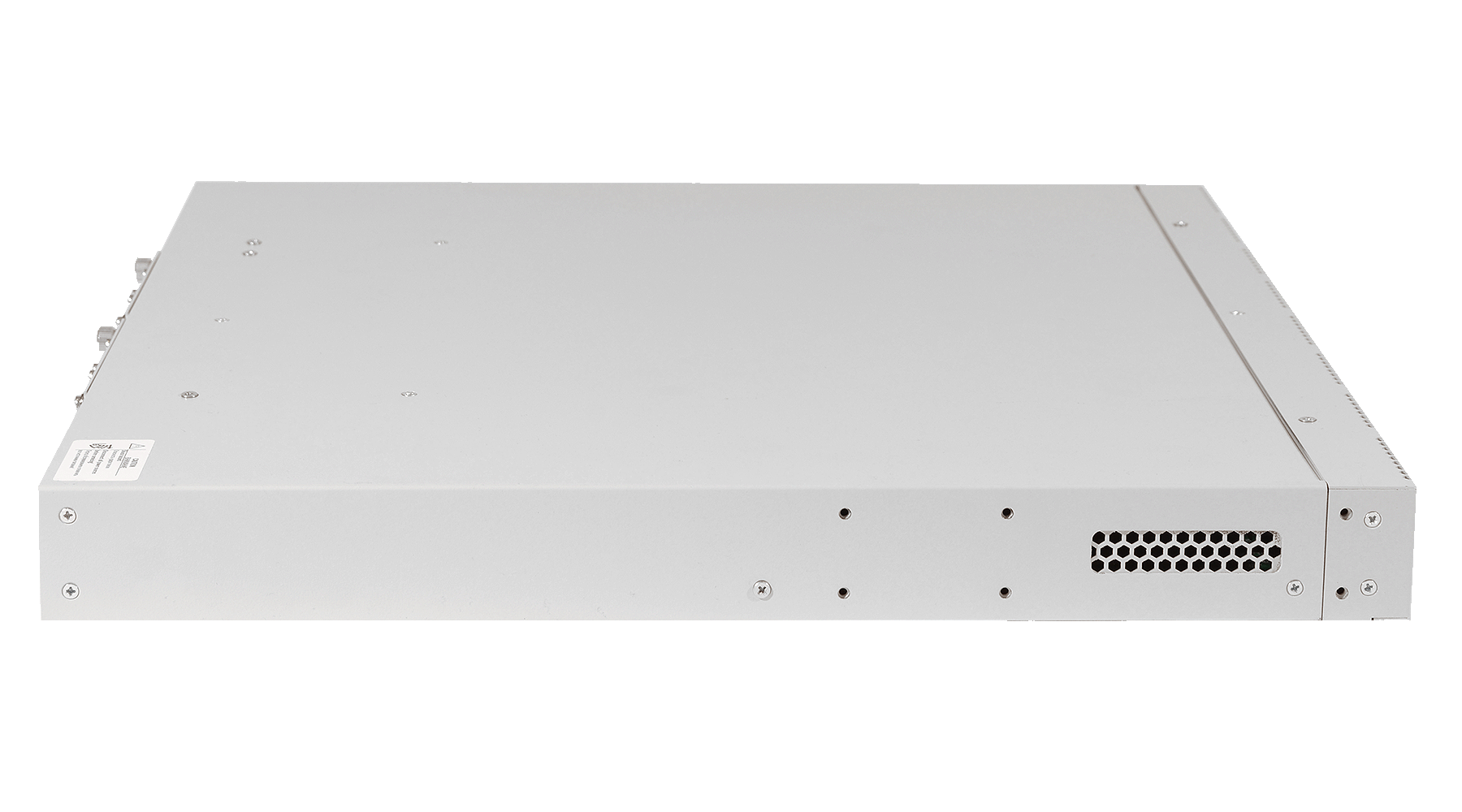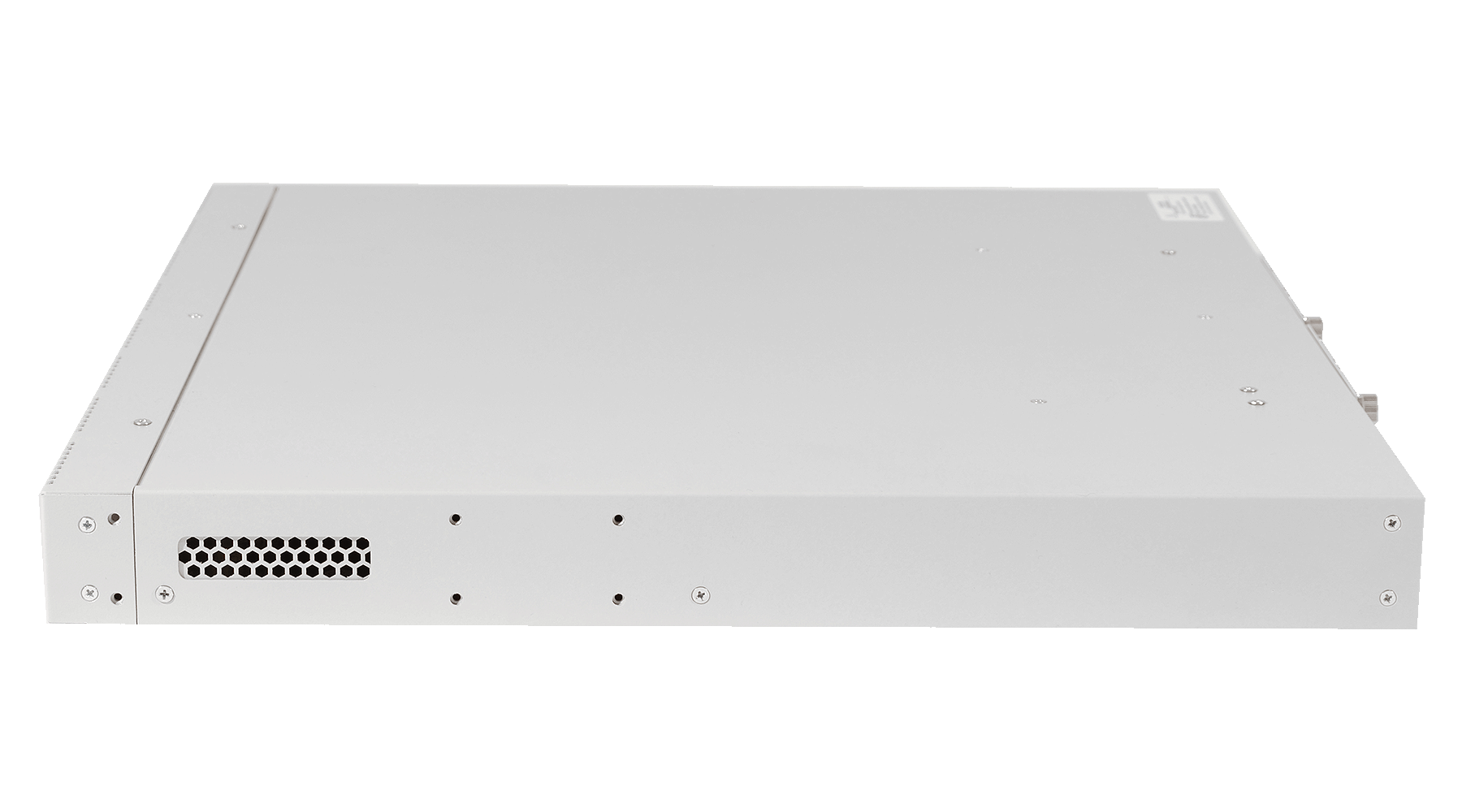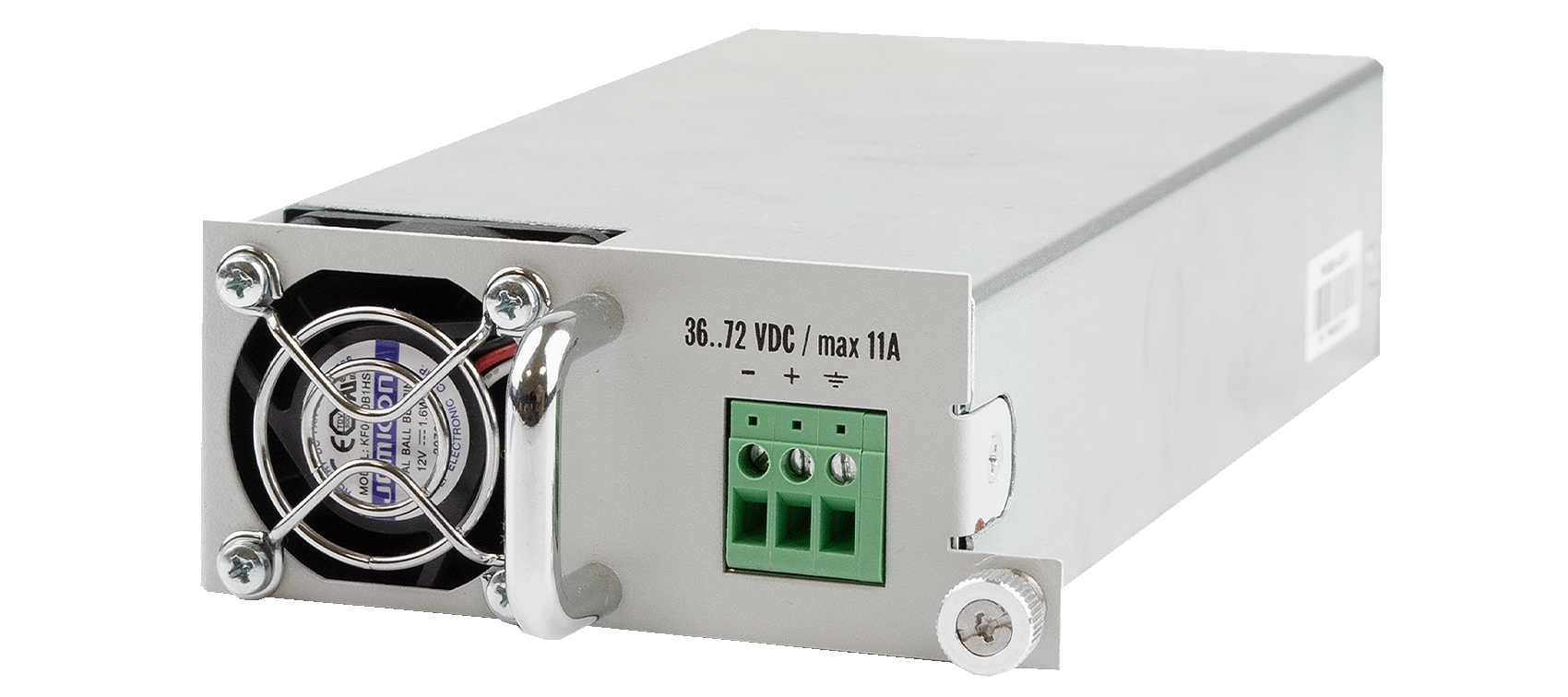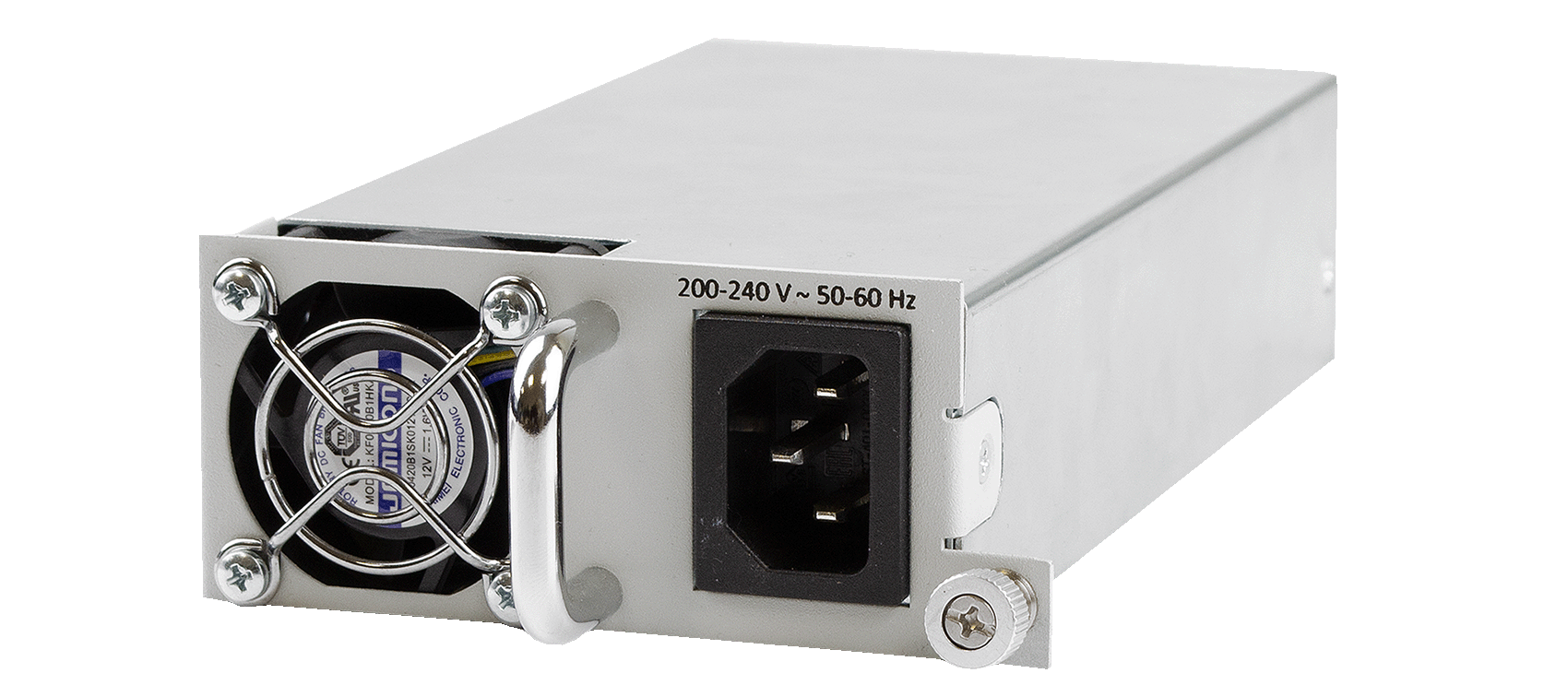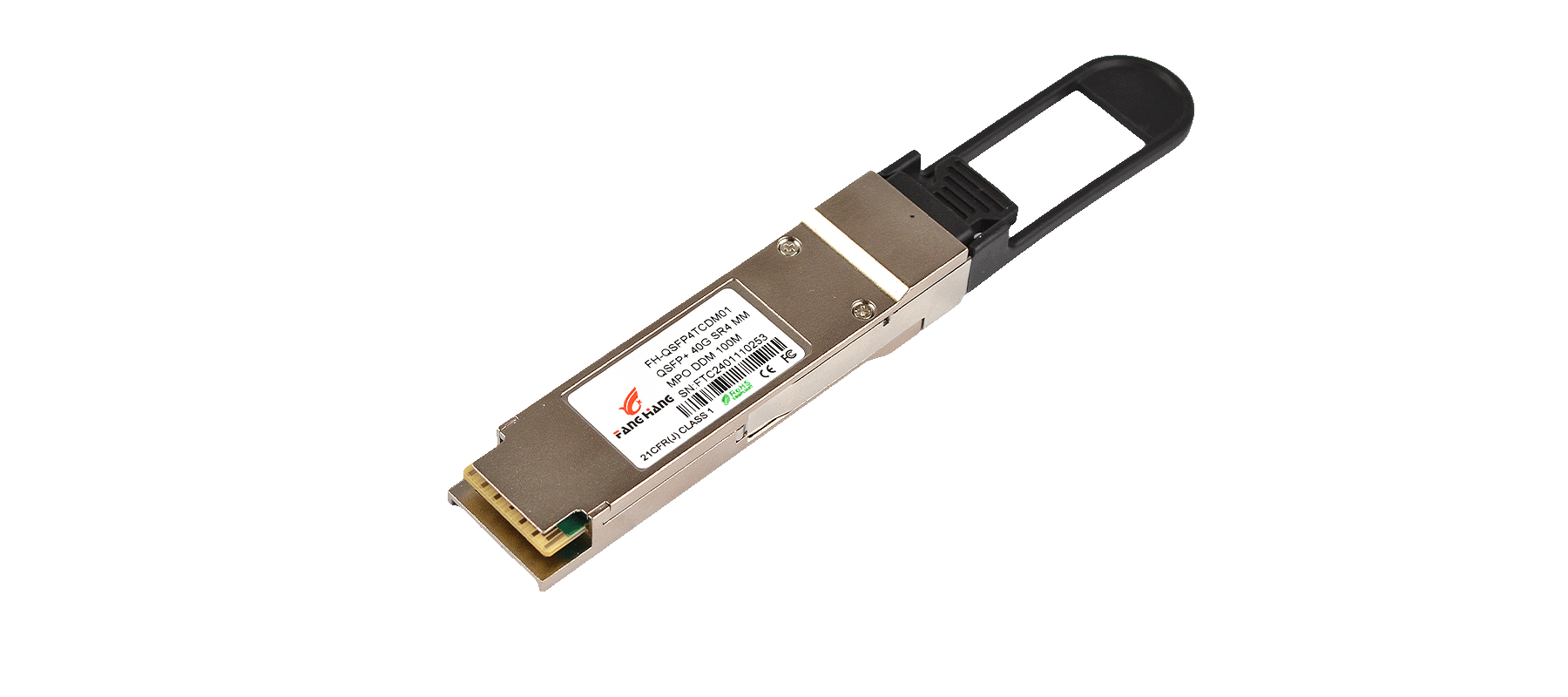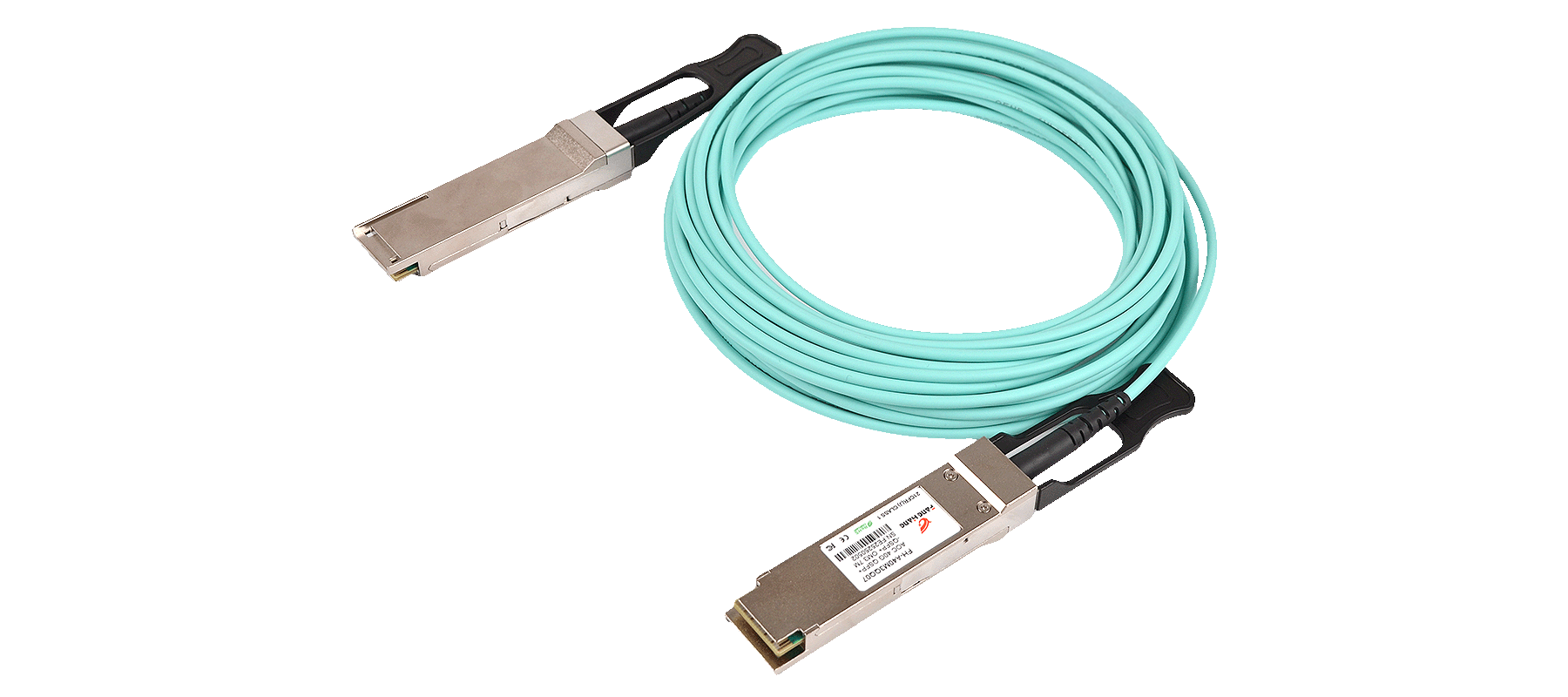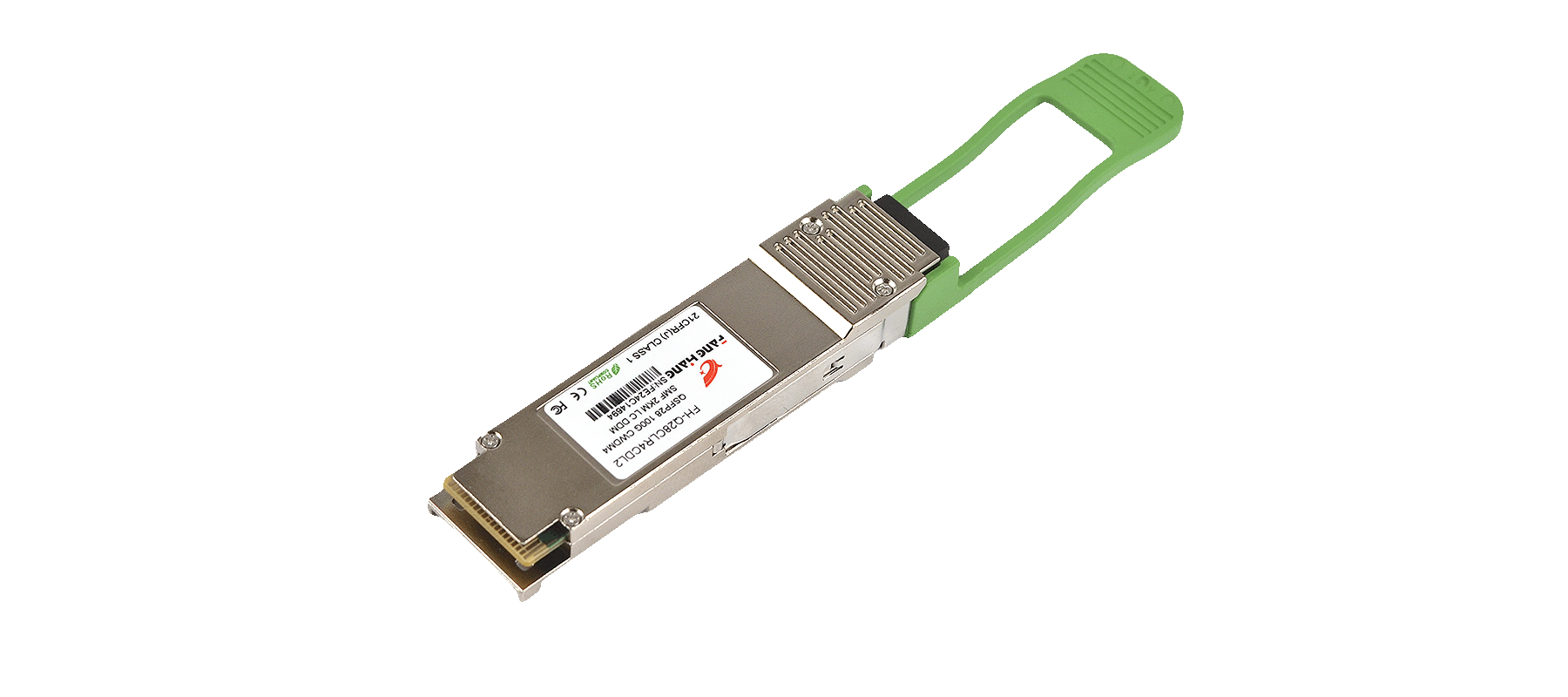OLT LTX-16
- Technology:
- 10G-PON
- Performance:
- 120 Gbps
- Interfaces:
- 16xXGS-PON, 4x100G QSFP28
- ONT:
- 4096/2048


Description
LTX series station equipment (OLT) is designed to provide broad band access over Passive Optical Networks (PON).
XGS-PON interfaces are used to connect an optical distribution network. Up to 128 optical subscriber terminals can be connected to each interface via a single fiber by the GPON standard and up to 256 subscriber terminals by the XGS-PON standard. The access to the operator's transport network is provided via 100 Gigabit uplink interfaces.
OLT LTX allows operators building scalable, last mile fault-tolerant networks that meet the highest safety standards.OLT manages subscriber devices, traffic switching and connection to the transport network. Broadband subscriber access using FTTH technology is the highest quality Triple Play service delivery option, as it provides high data transmission rates over long distances.
The main advantage of PON technology is the absence of electrically powered active nodes within the section from OLT to ONT, which significantly reduces the network operating cost. Furthermore, PON technology saves on cabling infra-structure by reducing the total length of the optical fiber, since only one fiber for a group of up to 128 subscribers (GPON standard) and up to 256 subscribers (XGS-PON standard) is used with in the section from the central node to the splitter.
OLT station terminals support two hot-swappable power modules with the ability to automatically switch to a redundant power unit.

Specifications
- 10G-PON
- Performance:
- 300 Gbps
- Interfaces:
- 16xXGS-PON, 4x00/40GE (QSFP28/QSFP+)
- ONT:
- 4096/2048
- Standards:
- G.988/G.984.x/TR-156
- Power supply:
- AC/DC
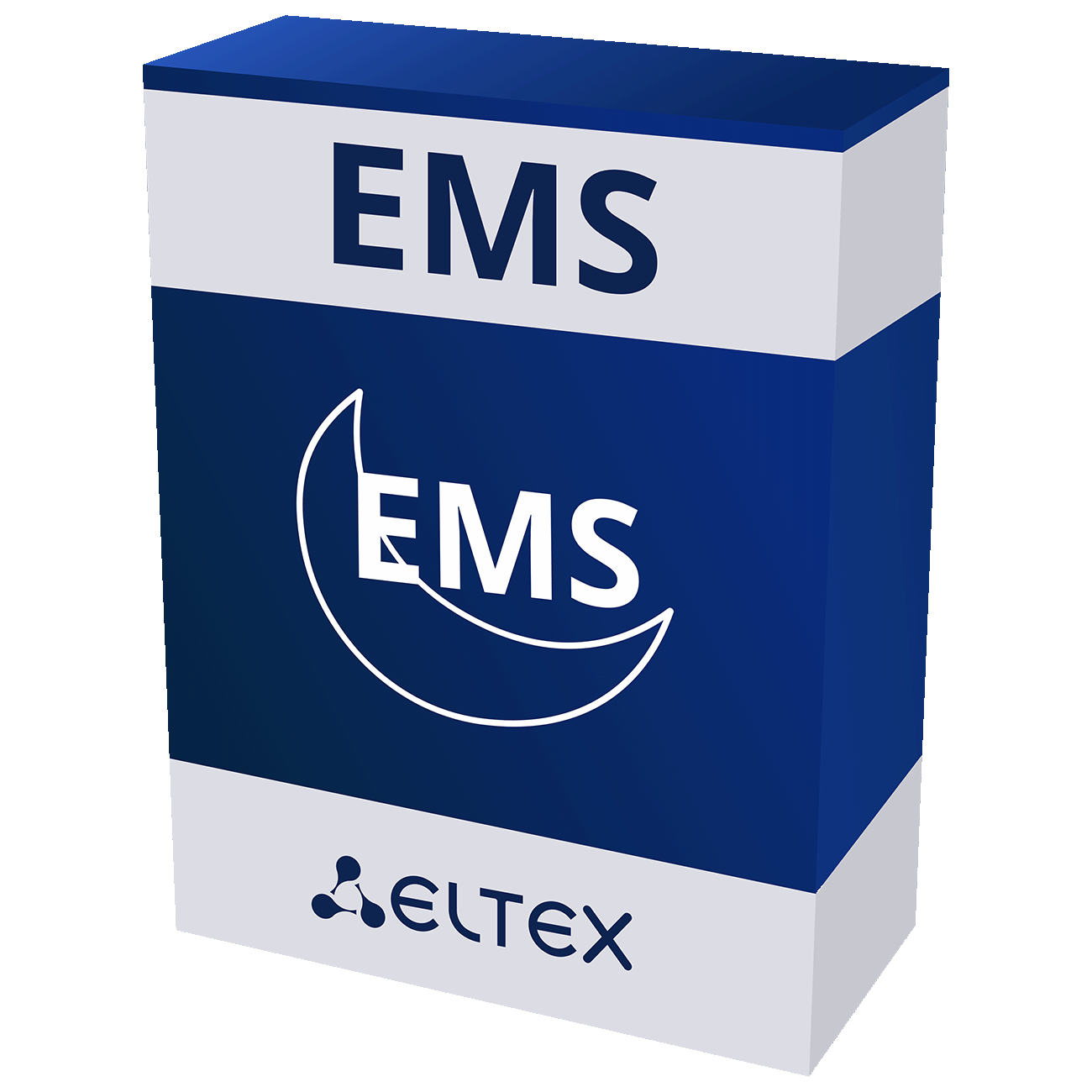
Related products





